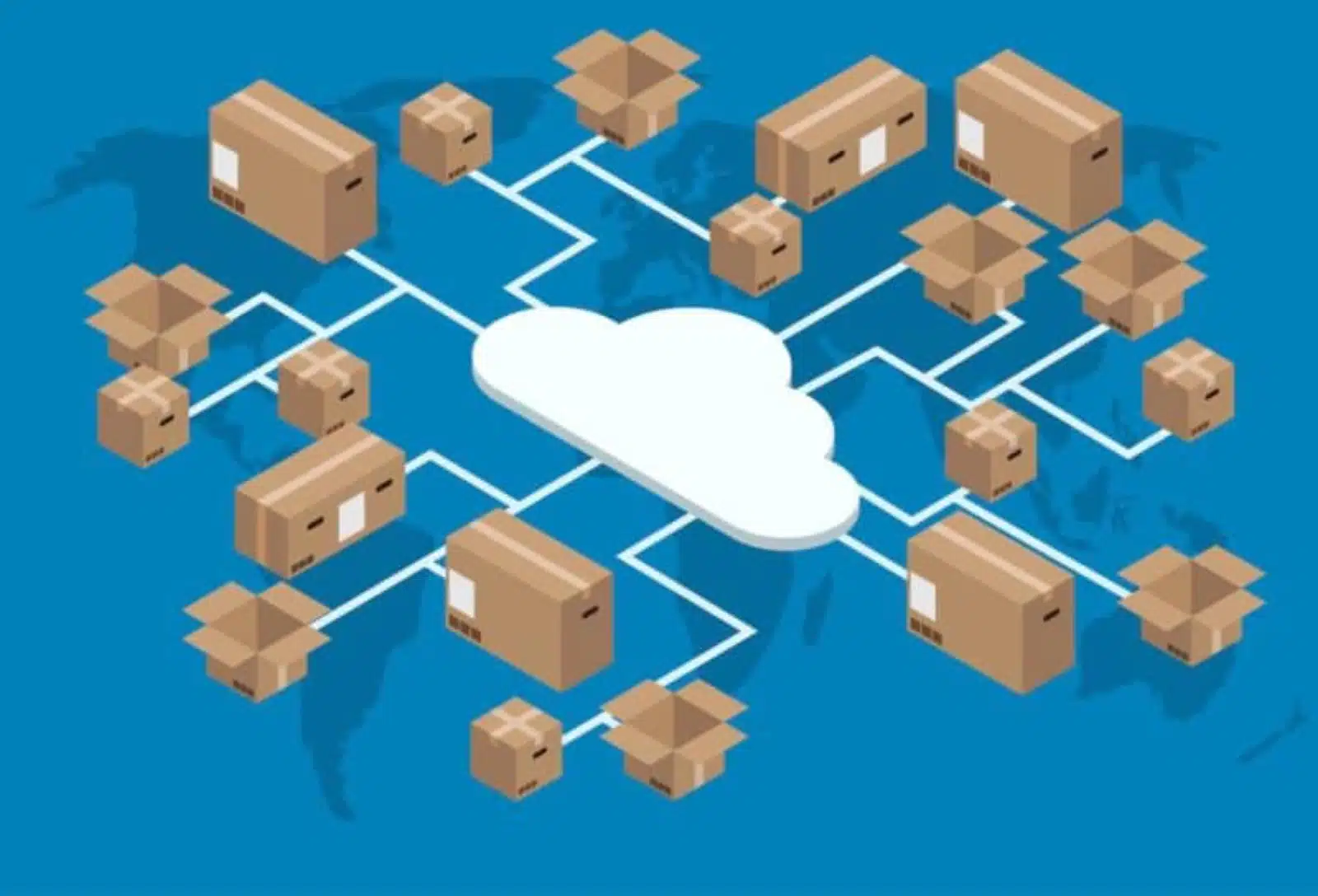
Supply chain and labor challenges resulting from the pandemic have led to companies adopting more modern methods of running their distribution facilities over the past year, but leaders are somewhat guarded in doing so given the economy.
The following are some of the key trends from a recent annual survey by Modern Materials Handling. The survey results are from over 100 supply chain readers on their implementation and usage of warehouse software automation to improve their overall warehouse management.
Warehouse Software Investment Plans

In today’s economy, materials handling management software is a hot commodity. Companies are constantly looking for ways to optimize their operations and cut costs, and this type of software can help them to do just that. As such, it’s no surprise that 26% of companies surveyed said they were investing in new materials handling management software this year. However, 20% said they were upgrading their existing software instead, and 28% said they had no plans to expand their software purchases in the next year. While the current economic climate has certainly changed the way many companies approach materials handling management, it is clear that there is still a strong demand for this type of software.
Warehouse Management Systems
Those in the warehousing or distribution industry know that warehouse management system (WMS) software is essential for keeping daily operations running efficiently. According to a recent study, the use of WMS software dropped by 10% from 2021 to 2022. Yet despite this decrease, WMS remains the top software application in use by warehouses and distribution facilities. Transportation management software (TMS), labor management software (LMS), supply chain management and planning (SCP) software, and asset tracking software round out the top five most used software types in 2022. Order management, procurement, and inventory visibility are the main reasons cited for adopting a WMS. Even with a decrease in overall usage, it is clear that warehouse management system software will continue to play a vital role in warehouse and distribution operations.
Warehouse Management Software Benefits

WMS software is a key element in warehouse operations through inventory tracking, managing warehouse space and labor, and optimizing warehouse operations. An estimated 59% of warehouses have had a WMS for one to ten years, according to the survey. In addition, warehouse management systems provide many benefits like improved security, scalability, and warehouse efficiency. Security is a key consideration for many companies when choosing a WMS system like Logimax because it can be implemented in the cloud, providing the best scalability options. The cloud also offers increased security and disaster recovery capabilities. Many companies choose to upgrade their warehouse management system (WMS) every one to five years to take advantage of new features and benefits such as cloud operation.

What trends do you see emerging in the warehouse management software space? Are you planning any changes to your warehouse operations in the coming year? As an expert in warehouse system management software, Logimax can help guide you through the clutter with the best warehouse management solutions. Contact us today to learn more.



